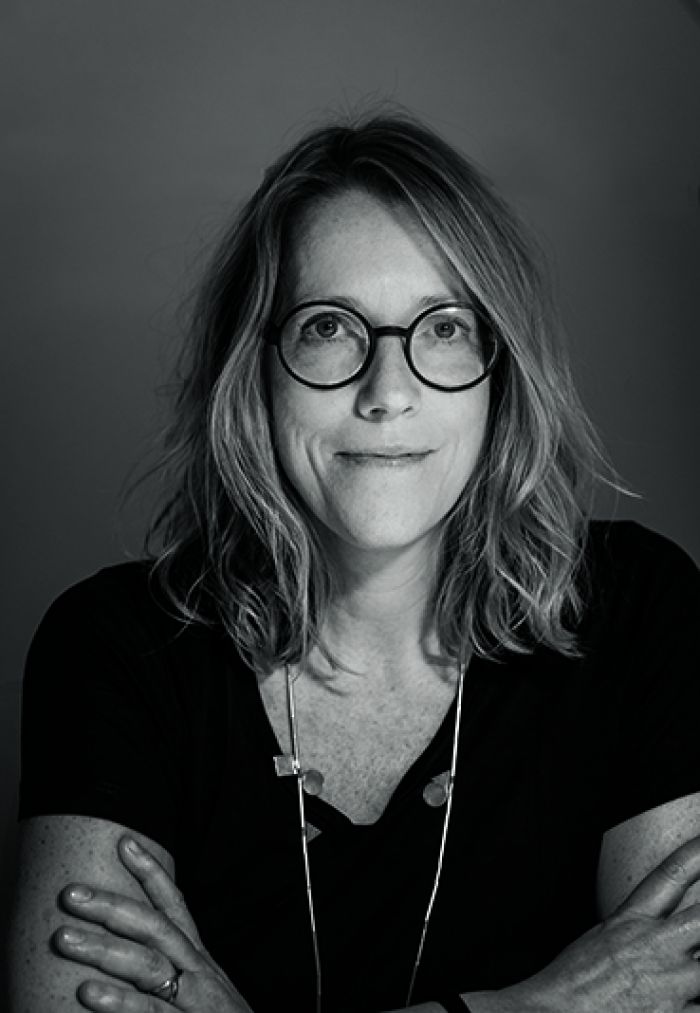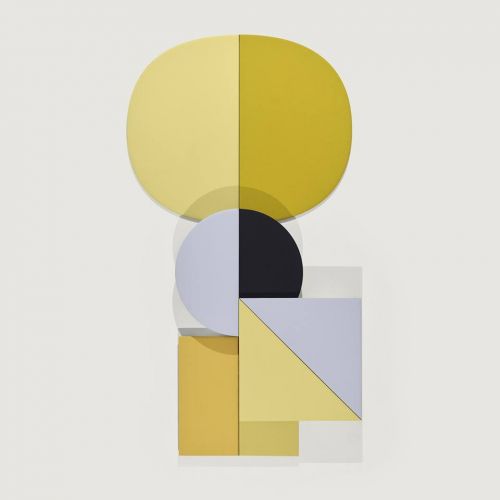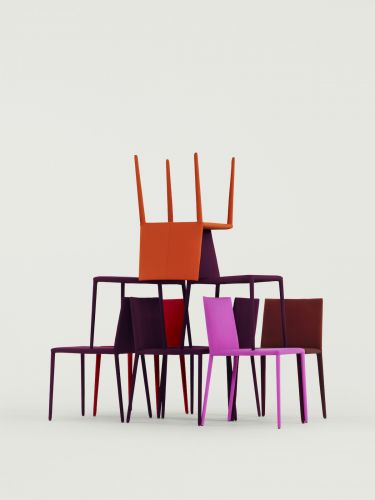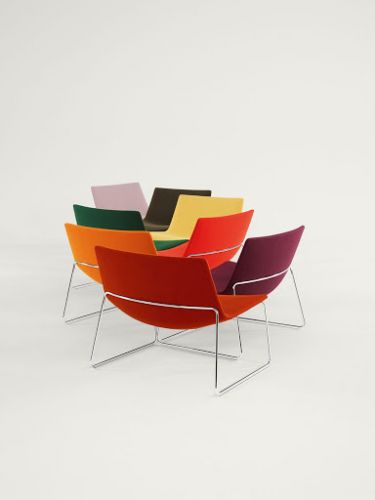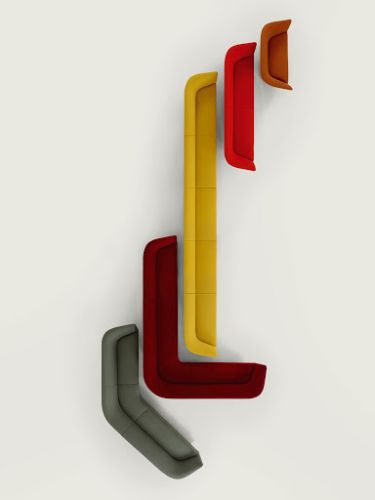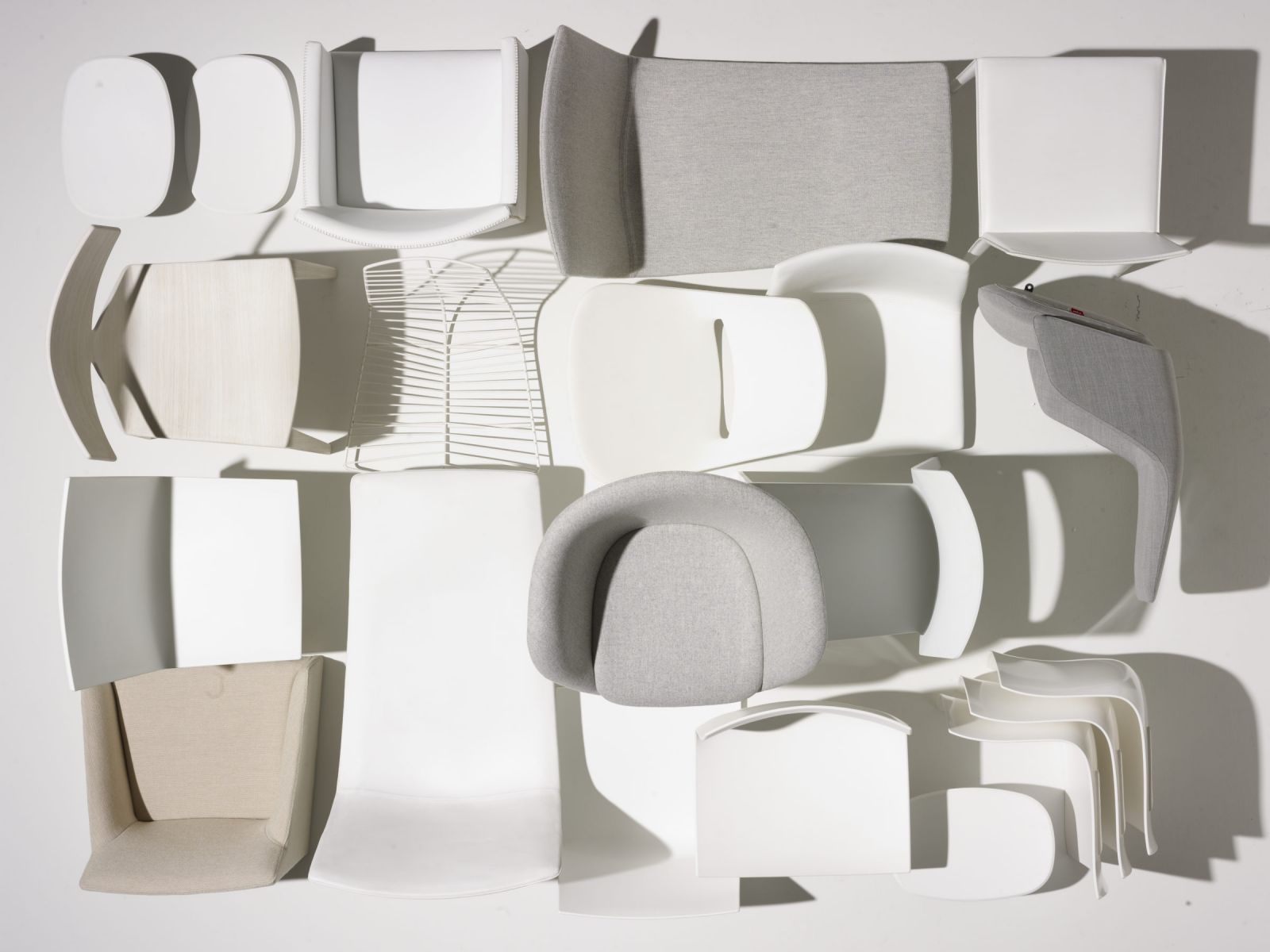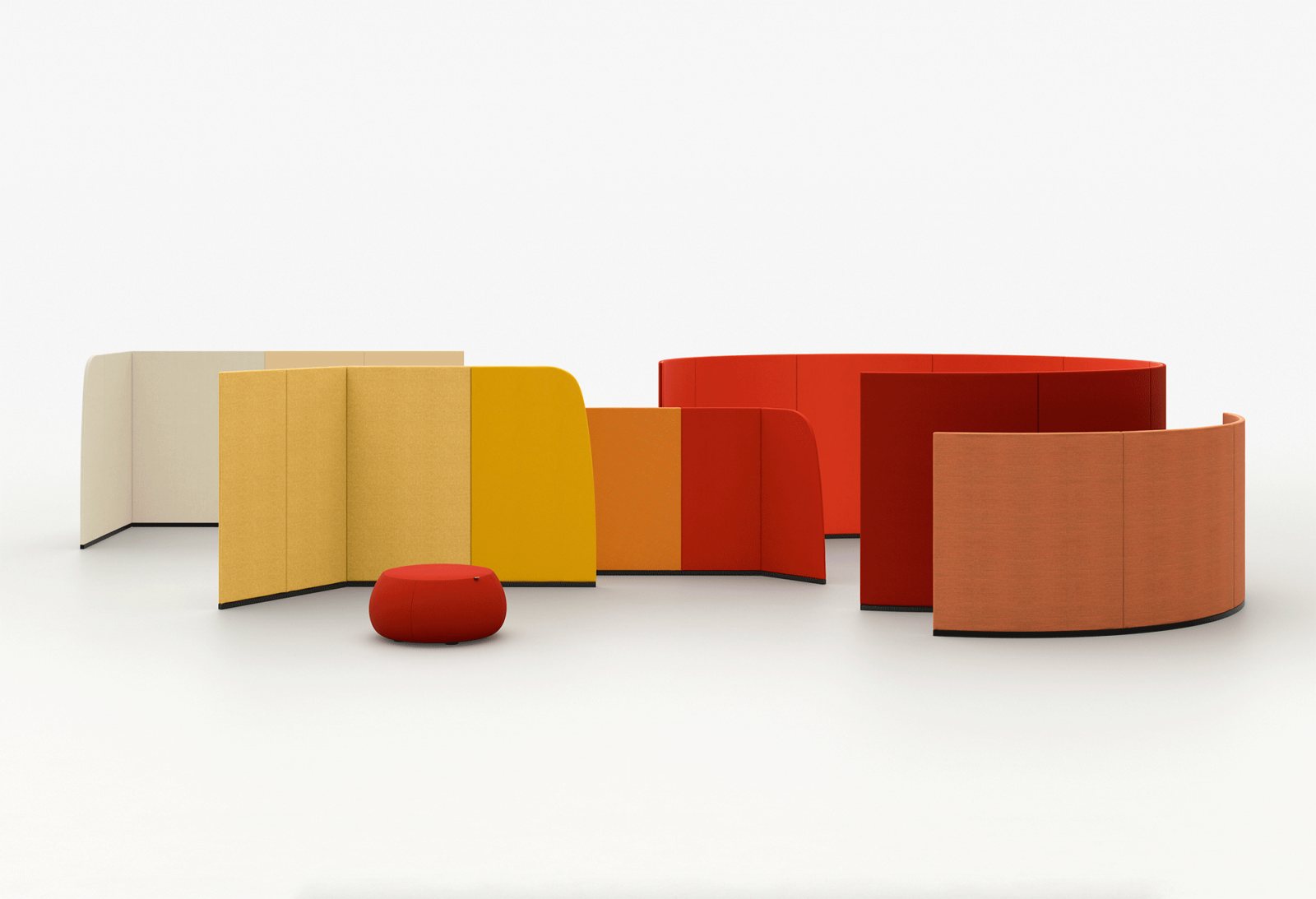sensuous
As a youngster I went from Germany to Barcelona to finish my studies. At that time, in the late 1980s, Barcelona was very attractive place to be. Life in the city was driven by a newfound identity, a growing pride and self-confidence that you felt everywhere – in the design of the bars, the renewal of the squares and in architecture, in graphic design. This was all multiplied by the preparations for the 1992 Olympics. The contrast between cultures attracted me and was something of a revelation. In general, German culture stresses values like reliability and responsibility. During my education as a designer I learned to analyse and reduce, to find the essence of a thing – a product. But the attitude in Barcelona is more day-to-day and the mentality is light-hearted and sensuous. I learned quite a lot and liked it. So after a year at Massana (School of Design) I decided to stay. Luckily, soon I started collaborating with Alberto Lievore, which evolved into the founding of a new design studio called Lievore Altherr Molina in 1991. From the outset LAM was a multidisciplinary practice: architecture, interior architecture, product design and graphic design. Nowadays we tend to call this a ‘holistic approach’, embracing the mentality, touch and atmosphere of a brand. I think definitions are always somewhat lagging behind the reality of work. .
